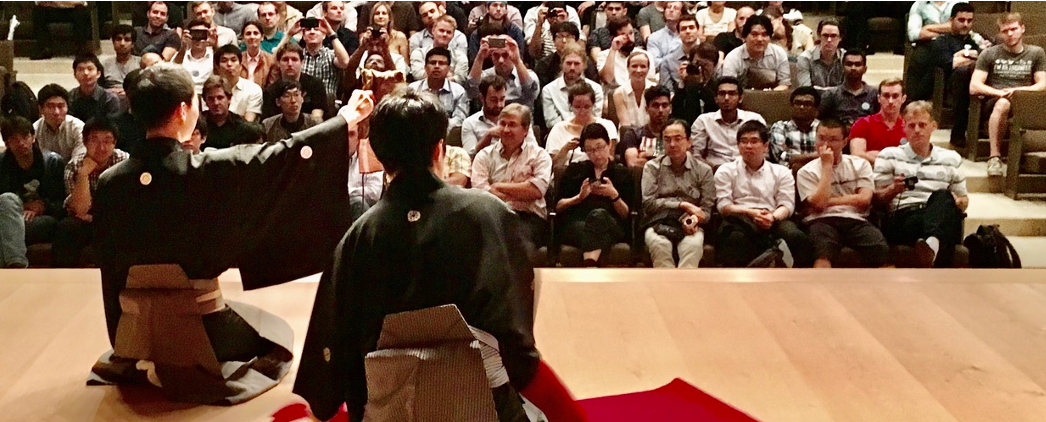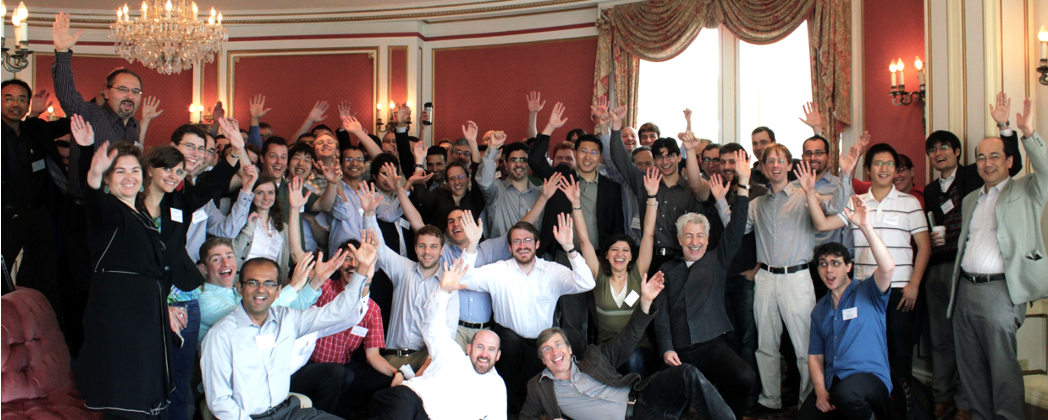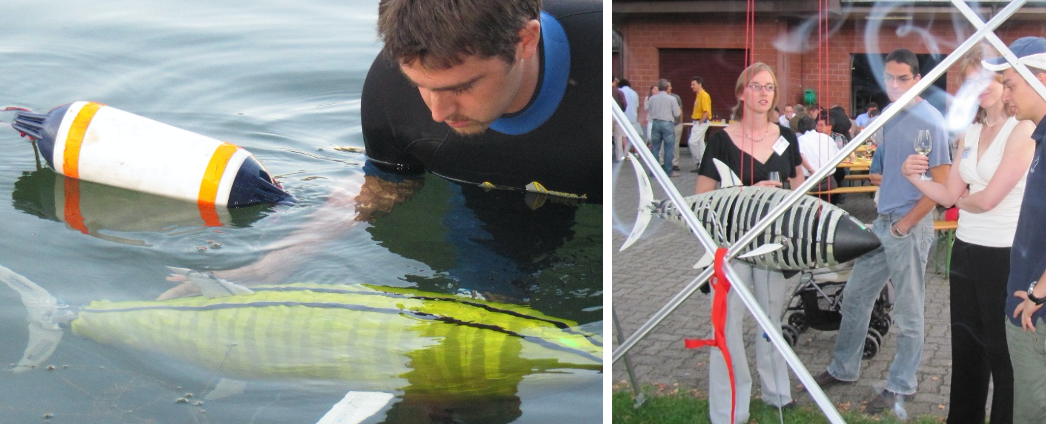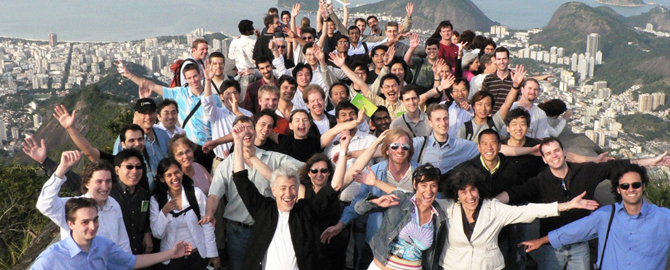Date and time:
December 3 at 7:00am (PST)/ 4:00pm (CET)/ 11:59pm (JST)
Live Stream: Zoom Webinar (https://zoom.us/j/98066003617)
Live questions and discussion: Slido (https://app.sli.do/event/wkxx61uf)
Moderator: Auke Ijspeert (EPFL)
Panelists: Alain Berthoz (College de France), Scott Delp (Stanford), Auke Ijspeert (EPFL) , Yasuo Kuniyoshi (U Tokyo)
Front Row Participants: Brenna Argall (Northwestern U.), Cecilia Laschi (SSSA, Scuola Superiore Sant’Anna), Laura Marchal-Crespo (TU Delft), Yoshihiko Nakamura (U. of Tokyo), and Paul Verschure (Inst. for Bioengineering of Catalonia)
Title: Robotics and Neuroscience
Video on Bilibili: https://www.bilibili.com/video/BV1qt4y1Y7Mr/
Video on YouTube: https://youtu.be/TWlmhG1gbco
Robotics and Neuroscience are two fascinating fields of research that can strongly benefit from each other. They both address fundamental research questions, namely how can an agent perceive and move in complex environments, and how it can plan, learn, and improve performance over time. Robotics can clearly benefit from progress in neuroscience, with inspiration for perception algorithms, control architectures, and learning methods. Neuroscience can in return benefit from robotics with the use of robots or neuromechanical simulations to test hypotheses about the organization and function of neural circuits. In particular, robotics offers the opportunity to perform what-if scenarios that would be difficult or impossible to do with animal experiments. By taking a synthetic approach ---understanding by building--- robotics allows one to test models of neural circuits in closed-loop with physical (or simulated) models of the body. This physical embodiment is crucial since it can be used to investigate how physical interactions between the body and the environment affect perception, movements, and learning in animals and humans. Importantly, robotics (the science of integration) allows one to investigate the dynamics that emerges from the interactions of multiple components: neural circuits in the central and peripheral nervous systems that interact with the body and the environment. It also allows selectively to activate or inactivate sub-components, which might not always be feasible or ethically allowed on animals or humans.
In this colloquium, we will address several questions related to interactions between neuroscience and robotics. For instance, we will address questions such as:
- Which types of questions in neuroscience can be addressed using robots and neuromechanical simulations?
- Is taking inspiration from neuroscience necessary for progressing in robotics?
- Will progress in deep learning and reinforcement learning bring neuroscience and robotics closer?
- What can we learn from neuroscience to construct perception systems and control algorithms for robots?
- Which levels of abstraction in neural circuit models are best suited for research in neurorobotics?
Auke Ijspeert (Moderator)
Auke Ijspeert (Moderator)

Auke Ijspeert is a professor at the EPFL (the Swiss Federal Institute of Technology at Lausanne), and head of the Biorobotics Laboratory (BioRob). He received his PhD in artificial intelligence from the University of Edinburgh (1999), and carried out postdocs at IDSIA and EPFL, and at the University of Southern California (USC). He then became a research assistant professor at USC, and an external collaborator at ATR (Advanced Telecommunications Research institute) in Japan. In 2002, His research interests are at the intersection between robotics, computational neuroscience, nonlinear dynamical systems, and applied machine learning. He is interested in using numerical simulations and robots to get a better understanding of animal locomotion and movement control, and in using inspiration from biology to design novel types of robots and locomotion controllers. He has received paper awards at ICRA2002, CLAWAR2005, IEEE Humanoids 2007, IEEE ROMAN 2014, and CLAWAR 2015. He is member of the Board of Reviewing Editors of Science magazine, and associate editor for Soft Robotics and for the International Journal of Humanoid Robotics. He has acted as an associate editor for the IEEE Transactions on Robotics (2009-2013) and as a guest editor for IEEE Transactions on Biomedical Engineering, Autonomous Robots, IEEE Robotics and Automation Magazine, and Biological Cybernetics. He has been the organizer of several international conferences and a program committee member of over 50 conferences.
Alain Berthoz
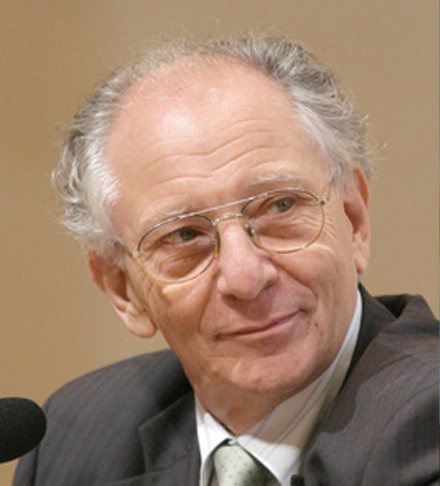
Dr. Alain Berthoz is a neuroscientist and educator who served as the Director of the Laboratory of Physiology of Perception at the Collège de France. He graduated from the École Nationale Supérieure des Mines de Nancy. He has been a member of the French Academy of Sciences since 2003, an International Honorary Member of the American Academy of Arts and Sciences since 2003, and the Academy of Technology since 2010. He is an honorary professor at the Collège de France. As a neurophysiologist, Berthoz is one of the leading specialists in integrative physiology. Dr. Berthoz’s research has focused on multisensory control of gaze, balance, locomotion, and spatial memory. His work on the neural mechanisms controlling gaze focused primarily on the vestibular system and demonstrated the way in which moving visual scenes affect body posture. Dr. Berthoz discovered the existence of eye position signals in second-order vestibular neurons and that the brainstem nuclear prepositus is the site of the neural integrator responsible for holding gaze.
Scott Delp

Dr. Delp is the Founding Chairman of the Department of Bioengineering at Stanford, and the Director of the National Center for Simulation in Rehabilitation Research. Dr. Delp's work draws on computational mechanics, medical imaging, and neuromuscular biology to improve treatments for neurologic and musculoskeletal diseases. He is best known for the development of highly realistic simulations of the musculoskeletal system. These simulations have been used to study neural control of movement, mechanisms of musculoskeletal diseases, and to design surgeries and medical devices. Delp invented fundamental technology for surgical navigation that is now in wide clinical use. Together with Mark Schnitzer and their students, Delp developed novel microendoscopes that allow realtime in vivo imaging of human muscle microstructure. Together with Karl Deisseroth, Delp pioneered the use of optogenetics to control activity in the peripheral nervous system leading to important inventions for treating paralysis, spasticity and pain.
Yasuo Kuniyoshi
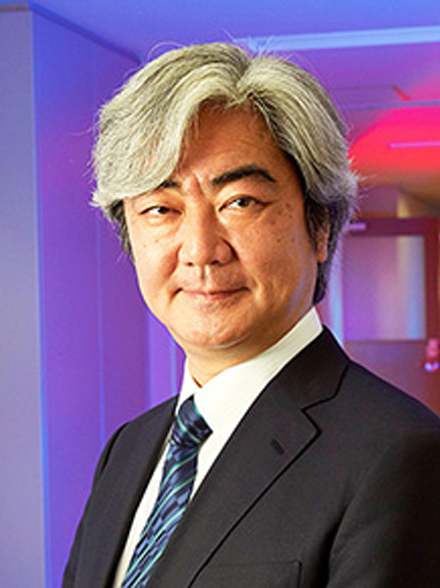
Dr. Yasuo Kuniyoshi is the Director of Next Generation Artificial Intelligence Research Center of The University of Tokyo and Professor at Graduate School of Information Science and Technology of The University of Tokyo. He received his Ph.D. from The University of Tokyo in 1991 and joined the Electrotechnical Laboratory, AIST, MITI. From 1996 to 1997 he was a Visiting Scholar at MIT AI Lab. In 2001 he was appointed as an Associate Professor and then full Professor in 2005 at The University of Tokyo. He is also the Director of RIKEN BSI-Toyota Collaboration Center since 2012, His research interests include emergence and development of embodied cognition, humanoid and bio-inspired robotics, and human AI. He published over 500 technical papers and authored or edited more than 22 books. He received IJCAI 93 Outstanding Paper Award, Okawa Publications Prize, Gold Medal “Tokyo Techno-Forum21” Award, IEEE International Conference on Robotics and Biomimetics T.-J. Tarn Best Paper Award in Robotics, RSJ Best Paper Awards, and other awards. He is a Fellow of Robotics Society of Japan and a member of IEEE, Science Council of Japan (affiliate), Japan Society of Artificial Intelligence, Information Processing Society of Japan and the Japanese Society of Baby Science.

